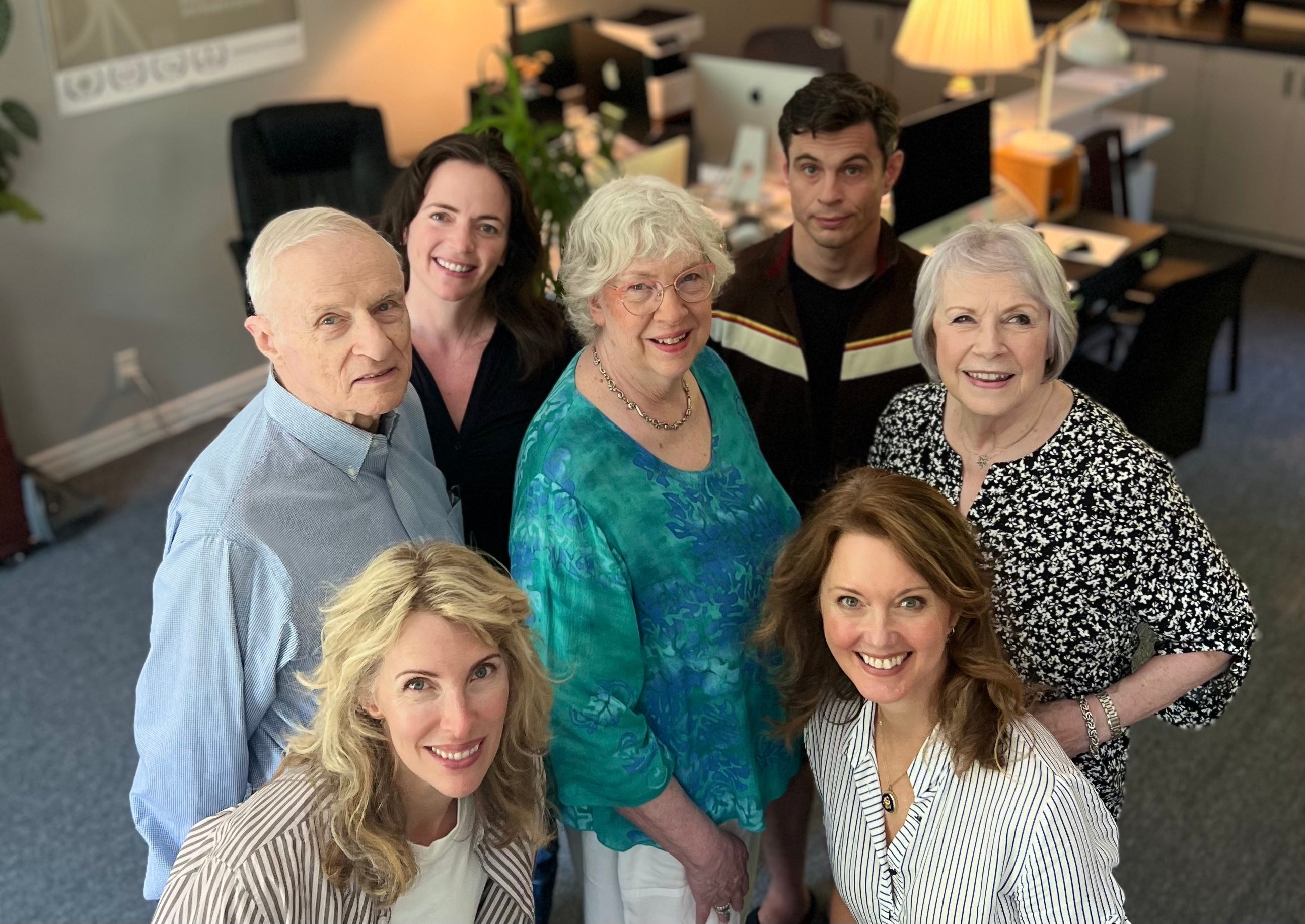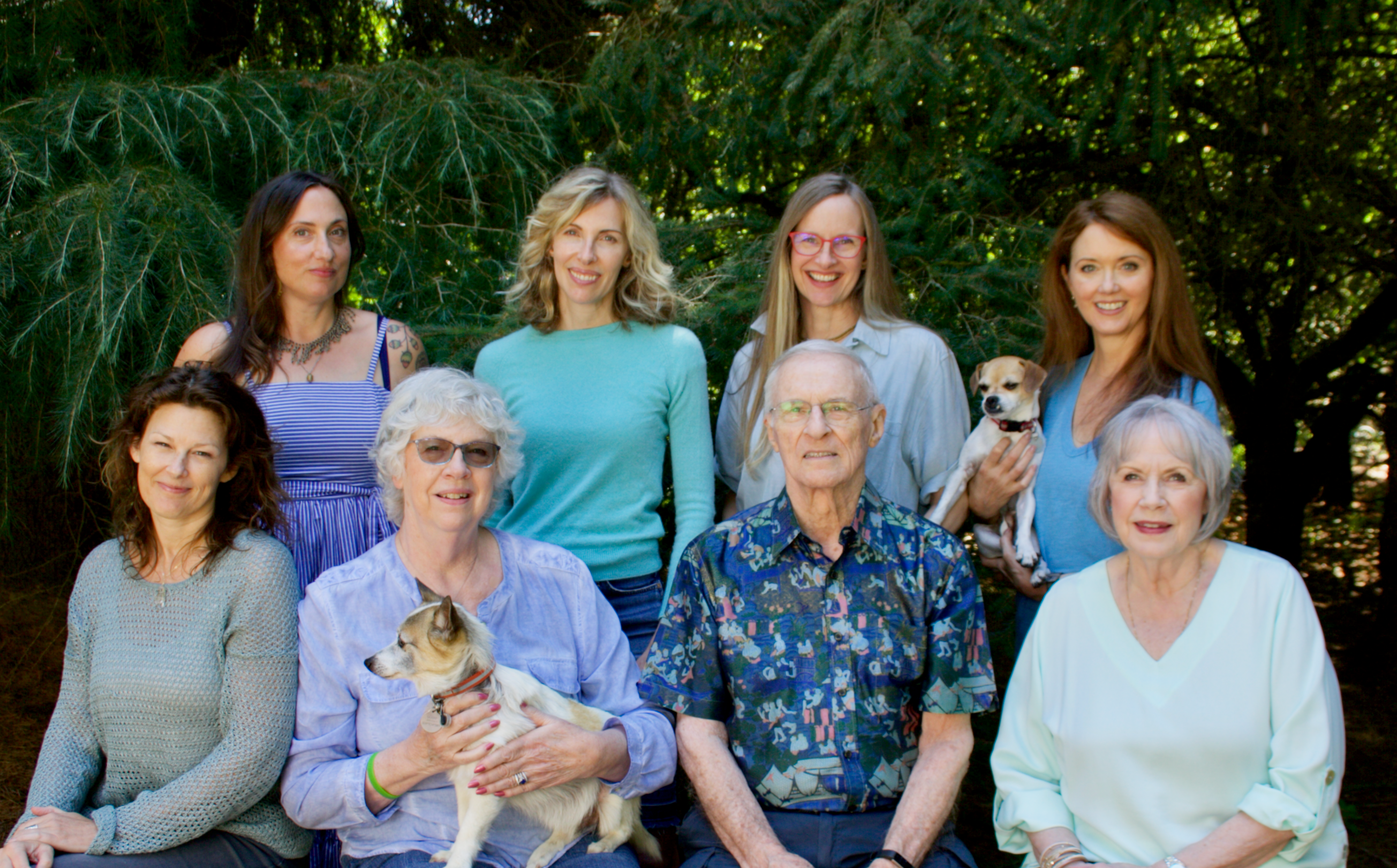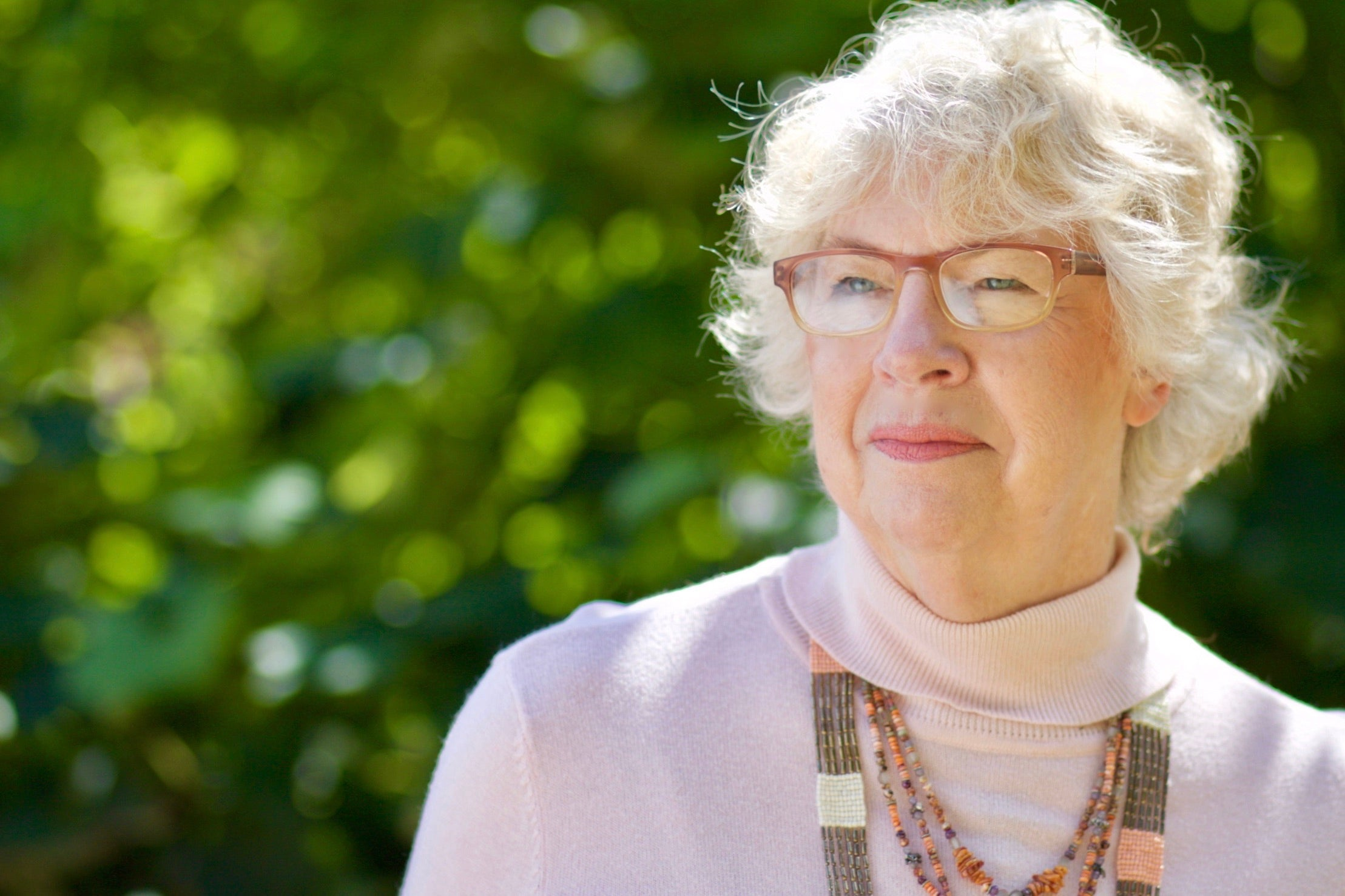I just read an article that due to the nursing shortage many hospices are unable to accept new referrals and are putting people on a waiting list. Really? A waiting list? I appreciate if there isn’t staff, then there isn’t staff, but a waiting list seems incongruous with end of life. Particularly since most people wait until a person is literally on death’s door before reaching out to hospice.
What to do, you ask? Here are some of my thoughts:
Give written literature as to signs of approaching death and what to do as it approaches for the family. Yes, give Gone From My Sight and The Eleventh Hour as a “I’m sorry we can’t bring you on service right now but these will help you” gift. Giving these learning tools is at least not leaving these families unguided (it's also good PR).
Offer a one-time meeting with the hospice social worker to offer guidance in community resources and support. Write it off as part of your community service, even marketing. The family will either remember you as a hospice that had no room in the inn or a hospice that offered guidance even though there was no room.
Can you discharge some of the patients with dementia that are not declining, that are probably many months from death, to accept those patients who are closer to death?
As during the lockdown times of covid when you used the telephone more as your means of contact, begin using the phone for visit assessments. Have a nurse in the office make calls to patient’s families, touching base when nurses are in short supply.
Use your volunteers more. Create a telephone check in where a volunteer checks in each day with a family to see how the patient is progressing and that report is given to the primary care nurse. This can decrease the need for a home visit and provide continued support and assessments of the patient and family.
What you can’t do is decrease the necessary visits to your existing patients to take on more patients, then nobody is helped. BUT you can use social work and volunteer visits to supplement the number of nurse visits which supports the families and provides eyes on the ground.
These are trying, unusual times. We really don’t know what the next weeks will bring, let alone any kind of a future. We need to adapt. Adapting to changing times is being able to think outside the box, to be innovative. We just can’t be putting dying people on a waiting list!!!
Something more about... A Hospice Waiting List?
If your agency has a quiet room where families who are "in the queue" for services can come and watch your copy of NEW RULES for End of Life Care with a social worker or volunteer, this will be most helpful. I know that all hospices cannot afford to provide each family with their own copy of the film. This resource has a profound affect on the fear that families have about narcotics, problems with food and hydration at end of life, withdrawing from family members, increased sleep...








4 comments
Michael
Thought provoking as usual. Several good ideas including the literature and MSW visit. I do have to disagree with the “phone visits”. We started video visits last year due to COVID. In my opinion it was a disaster. We stop seeing the patients on day shift because of COVID and we (AH staff) get to see the patients on the night shift. To many subtle changes will be missed on phone/video visits.
Thx
Mike
———
BK Books replied:
Hi Mike, thanks for sharing about the phone calls. I have not heard that
but can see where less personal contact can result in more nighttime calls.
The goblins always come out at night. Blessings to you in the work you are
doing. Barbara
Thought provoking as usual. Several good ideas including the literature and MSW visit. I do have to disagree with the “phone visits”. We started video visits last year due to COVID. In my opinion it was a disaster. We stop seeing the patients on day shift because of COVID and we (AH staff) get to see the patients on the night shift. To many subtle changes will be missed on phone/video visits.
Thx
Mike
———
BK Books replied:
Hi Mike, thanks for sharing about the phone calls. I have not heard that
but can see where less personal contact can result in more nighttime calls.
The goblins always come out at night. Blessings to you in the work you are
doing. Barbara
Teresa M Gonzales
Dearest Barbara,
I became familiar with “Gone From My Sight” back in 1996, as I engaged Hospice for the first time. It was my uncle who was dying of lung cancer. My aunt was in such denial, and I would read the book to her very slowly and explain as I went, so she could be more prepared for what was about to happen. It was so helpful, and she thanked me for years afterward. Since that time, I have used it for every single, dying, family member and encouraged Hospice engagement with each situation. I lost my husband of 46 years, not quite two years ago. He had been ill for years and once he had a stroke and complete paralysis, I knew in my heart what to expect. I shared the booklet with each of my adult children and their spouses to help them as we made the decisions needed. Their dad had been through enough. He had no more energy to put up the fight and it wasn’t fair to him for us to expect that. Because of your book, my children were able to look back in time and realize Dad was showing signs for a long time. They could accept that it was now time to let go and let God. Words can never really express my gratitude for that little blue booklet I received so long ago.
Blessings to you!
Teresa Gonzales
———
BK Books replied:
Hi Teresa, I am glad "Gone From My Sight " has served you well these many
years. It helps to know that what is happening is normal, sad but normal.
Blessings! Barbara
Dearest Barbara,
I became familiar with “Gone From My Sight” back in 1996, as I engaged Hospice for the first time. It was my uncle who was dying of lung cancer. My aunt was in such denial, and I would read the book to her very slowly and explain as I went, so she could be more prepared for what was about to happen. It was so helpful, and she thanked me for years afterward. Since that time, I have used it for every single, dying, family member and encouraged Hospice engagement with each situation. I lost my husband of 46 years, not quite two years ago. He had been ill for years and once he had a stroke and complete paralysis, I knew in my heart what to expect. I shared the booklet with each of my adult children and their spouses to help them as we made the decisions needed. Their dad had been through enough. He had no more energy to put up the fight and it wasn’t fair to him for us to expect that. Because of your book, my children were able to look back in time and realize Dad was showing signs for a long time. They could accept that it was now time to let go and let God. Words can never really express my gratitude for that little blue booklet I received so long ago.
Blessings to you!
Teresa Gonzales
———
BK Books replied:
Hi Teresa, I am glad "Gone From My Sight " has served you well these many
years. It helps to know that what is happening is normal, sad but normal.
Blessings! Barbara
Chaplain Mary
Chaplains are another important resource to families in the same way as social workers are outlined above, and trained to address/comfort the spiritual distress involved when there is “no room at the inn.” Thank you Barbara for all you do.
———
BK Books replied:
Chaplain Mary, you are absolutely right! Blessings to you in the work you are doing. Barbara
Chaplains are another important resource to families in the same way as social workers are outlined above, and trained to address/comfort the spiritual distress involved when there is “no room at the inn.” Thank you Barbara for all you do.
———
BK Books replied:
Chaplain Mary, you are absolutely right! Blessings to you in the work you are doing. Barbara
Shelia Harris
I cannot tell you what an important book, Gone From My Sight, really is.
I read it every day and sometimes more. I lost my husband of 57 years and Hospice was with us.
Yet this book and the availability of a phone call away was great
———
BK Books replied:
Hi Shelia, that “help is a phone call away” is so reassuring. You are not alone means so much. Thank you for the kind words about *Gone From My Sight. *It does help to know what to expect. My blessings to you. Barbara
I cannot tell you what an important book, Gone From My Sight, really is.
I read it every day and sometimes more. I lost my husband of 57 years and Hospice was with us.
Yet this book and the availability of a phone call away was great
———
BK Books replied:
Hi Shelia, that “help is a phone call away” is so reassuring. You are not alone means so much. Thank you for the kind words about *Gone From My Sight. *It does help to know what to expect. My blessings to you. Barbara